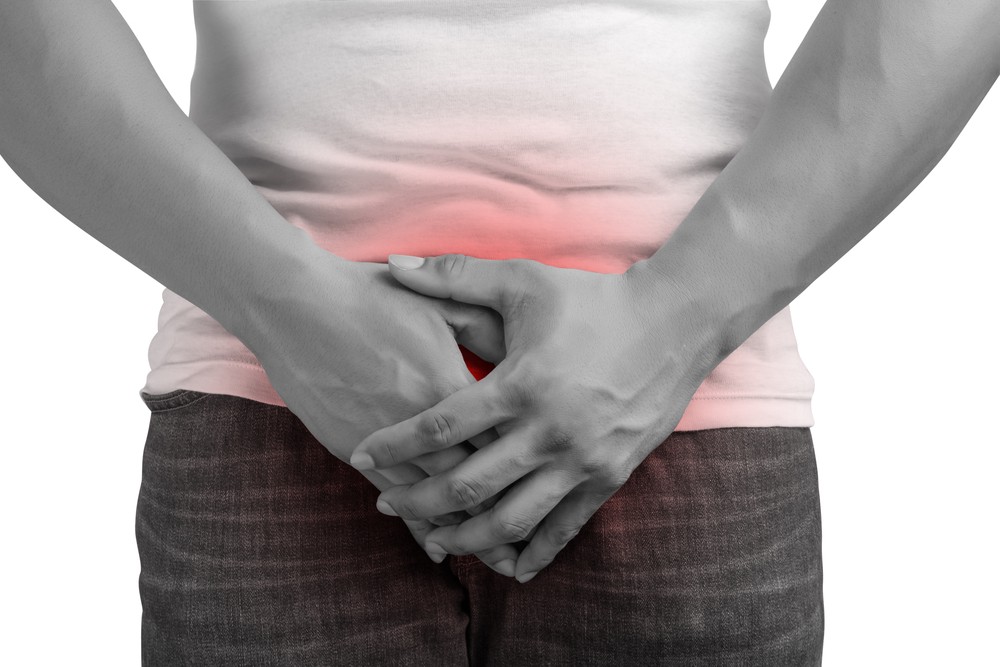
NOT all cancer is pink, there is always a tendency for the Zimbabweans to actively engage in cancer awareness activities in October, breast cancer month, I am here to remind you that the cancer dialogue should continue throughout the year, According to the international cancer calender July is dedicated to raising awareness of bladder cancer which is not really given the much-deserved attention, but equally important. Although often out of the spotlight, bladder cancer ranks 11th most commonly diagnosed cancer in the world. With this in mind Talk Cancer Zim aims to bring bladder cancer to the forefront of people’s awareness in our country . Because being aware and acting early provides better opportunity for effective treatment.
Bladder cancer can start from bladder walls and begin to grow out of control forming a tumour and, with time, spread to other parts of the body. There are many different types of bladder cancer depending on their origin and spread but the most common type is urothelial carcinoma, which start in the urothelial cells that line the inside of the bladder. Without much dwelling on the oncological part, let us quickly jump and look at the risk factors of this dreadful disease.
Risk factors of bladder cancer
Age: Bladder cancer is common among older people mainly over the age of 55 though the average age of people when they are diagnosed is around 70.
Gender: The chance men will develop this cancer during their life is about 1 in 27 while for women, the chance is about 1 in 89.
Smoking: Smokers are three times more likely to get bladder cancer than non-smokers.
Chemicals in the workplace: Workers like those who work in the dye, rubber, leather, textiles, and paint trades are at higher risk of developing bladder cancer.
Personal history of bladder cancer: People who have had bladder cancer have a greater risk for getting the disease again.
- Chamisa under fire over US$120K donation
- Mavhunga puts DeMbare into Chibuku quarterfinals
- Pension funds bet on Cabora Bassa oilfields
- Councils defy govt fire tender directive
Keep Reading
Family history of bladder cancer: People with family members who have had bladder cancer can have a slightly greater chance of getting the disease.
Low fluid intake: Not drinking enough fluids may add to the risk.
Bladder cancer symptoms
Though the following presenting symptoms not always conclude diagnosis of bladder cancer, their persistence should definitely concern you.
Blood in the urine: You may have blood in your urine if you have a urinary tract infection, benign tumours, kidney stones or other benign kidney diseases. But it is important to have it checked out.
Feeling an urgent need to empty your bladder.
Having to empty your bladder more often.
Feeling pain when you empty your bladder.
Feeling the need to empty your bladder without results.
Needing to strain when you empty your bladder.
Bladder cancer resemble other cancers in that when it is found at an early stage, it is treatable. Due to its high recurrence rate even when it is found at an early stage, it is therefore important to get a regular screening for bladder cancer especially when at risk. These are some of the several ways in which bladder cancer can be screened.
Cystoscopy: This is a small tube with a lens, a light and camera through the opening of your urethra it into your bladder for its assessment.
Bladder biopsy: During cystoscopy, a sample of tumour can be taken and be looked at under the microscope.
Urine cytology: A sample of your urine is sent to the lab to be looked at under a microscope to see if it has any pre-cancer or cancer cells.
Imaging tests: These include computerised tomography urogram, intravenous pyelogram and ultrasound. These imaging tests generally provides the clinician about the size, shape and position of any tumours in the urinary tract. A bone scan can also be done if there is a suspected spread of the disease to the bones as a result of bone pain or if blood tests show cancer spread to bones. There are other several and more advanced ways to screen for bladder cancer, but now let us take a look at the treatment options for this disease.
Treatment options for bladder cancer
Getting a diagnosis of cancer is very hard. However, learning about treatment options for bladder cancer can help patients to take an active part in making choices about their care. However, treatment choices and recommendations depend on many factors, including the stage and grade of bladder cancer, type, side effects of treatment and patient’s overall health. These are the commonly used treatment modalities in the country.
Surgery: This involves removal of part or the entire bladder known as cystectomy. When the entire bladder is removed, the surgeon makes another way for urine to be collected from the kidneys and stored.
Chemotherapy: This refers to cytotoxic drugs prescribed by the medical oncologist given before or after surgery to reduce the risk of the cancer spreading to other parts of the body.
Radiation: Radiation therapy uses high-energy beams aimed at the area of the disease to kill the cancer cells. It can be used after surgery to kill residual cancer cells. Radiation therapy is sometimes combined with chemotherapy and can be used on select patients for bladder preservation or in patients with small cell bladder cancer that is sensitive to chemo-radiation.
What should one do to reduce risks of bladder cancer?
Smoking is the single most important known risk for bladder cancer and quitting may help reduce the risk of the disease.
Taking precautionary measures and safety instructions to avoid exposure if working with or around chemicals.
Drinking a lot of water and other fluids may also help to weaken toxic matter that concentrate in urine and flush them out.











